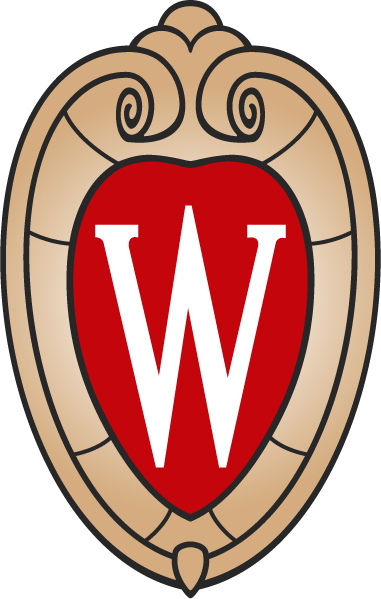Tim Szczykutowicz Receives Esteemed Appointments
Associate Professor Tim Szczykutowicz, PhD, DABR has been appointed to two prestigious positions. He will be serving as a Consultant Editor in Physics for the Journal of Thoracic Imaging. Additionally, he was named the Radiologic Physicist Member on ...
December 22nd, 2020